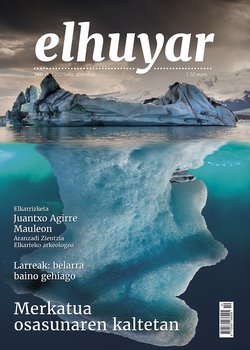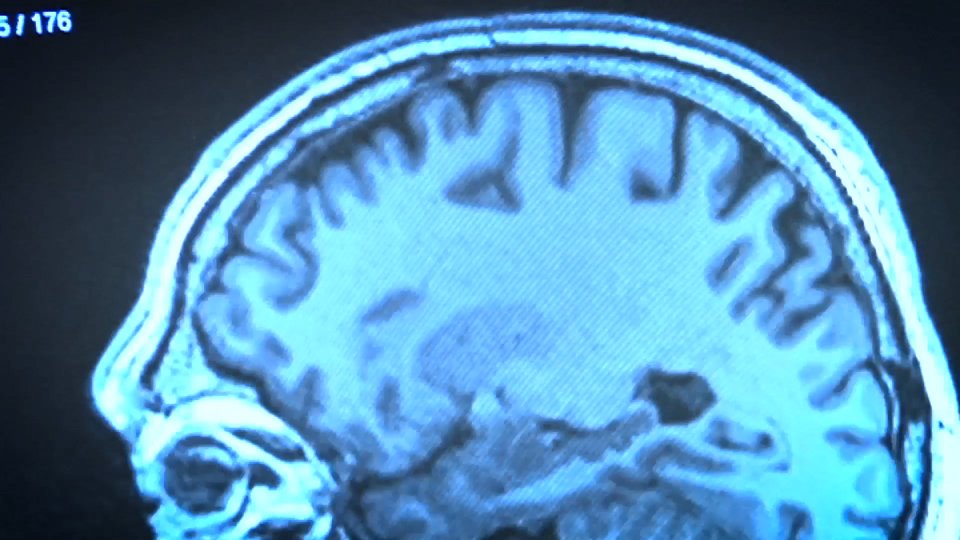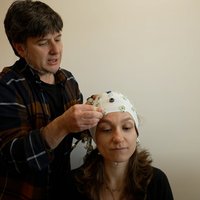David Southwood: “In the US NASA is associated with national interest. That doesn’t happen with ESA”
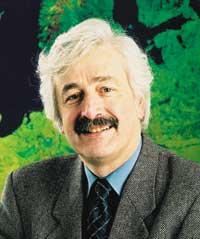
At a time when it was not usual to investigate the magnetosphere, you were investigating. What is special about this region between Earth and the Sun?
The magnetosphere is the place where the outer space and the Earth converge, where the interactions between the Sun, the Earth and the earth's atmosphere can be observed.
The Cluster II mission, dedicated to the research of the magnetosphere, is underway. What is the importance of this mission? What are you looking for? What is expected of this mission?
The magnetosphere is practically invisible and the only way to detect it is by taking measurements through the magnetosphere. The information is received point by point and then scientists should use the imagination to create a three-dimensional image of what happens in space. This is the first mission prepared by the Cluster II mission to check the three-dimensional image of the magnetosphere. It performs the measurements in three dimensions, since the measurement only in one point does not allow to differentiate the spatial and temporal variations as it moves. Cluster II is designed to avoid the uncertainty of time and space.
As you say, 30 years ago you never imagined you would ever be in the Baikon launch zone and much less in the space of the Cluster II mission. Did you think he was the scientific director of ESA?
When I was a child, I dreamed of space, but I never imagined that I would be in charge of investigating space and much less being responsible for the main European organization to investigate space. If someone had announced what was going to happen to him in the future, he would have surprised him. In fact, my first steps in science were largely random, although in recent years it seemed possible to be ESA's scientific director.
ESA has a broad and dense mission program for the coming years. What are the stars?
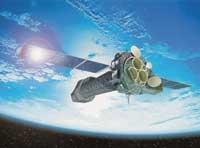
Europe is so big that, despite the need to work all scientific sectors, it is not possible to do it all at once. For this reason, the program is very broad and within 10 years, suppose, it will represent a breakthrough in many scientific fields. However, stars change over time. Like the actors, the missions enter the stage when they go into space, but later they reach the centre of the stage when they have all the capacity to innovate in scientific subjects. At this moment, for example, we find impressive demonstrations of the SOHO observatory on the Sun that five years ago was launched into space. On the one hand, SOHO has allowed to investigate with precision the violent episodes that occur on the surface of the Sun, and on the other hand, taking advantage of the helioseismology, it has been possible to observe the heart of the Sun to know its internal structure. I hope that the Cluster II mission will soon show all its potential. On the other hand, the XMM-Newton observatory launched a year ago is using X-rays to show what happens on the borders of the universe.
Among other things, you will launch the Galileo project, a European network equivalent to the US GPS network. The goal is to overcome dependence on the United States. Is it no more a political than scientific decision?
The truth is that this project does not depend on me, but on the director of ESA applications, Claudio Mastracci. And like all those managed by him, Galileo is not a project of great scientific content, it is a project oriented to practical applications, and has an essential political component. At the moment, satellite navigation, with the GPS system, is totally in the hands of American military personnel. The system itself launched by Europe to be independent must, therefore, be a political decision.
In fact, a few months ago the report “Towards the Space Agency for the European Union” was published. It highlighted the need to reinforce the link between ESA's scientific activity and Europe's political, strategic and economic interest. What do you think?
I totally agree with what was said in the report. The European nations, acting jointly, are much stronger than acting separately. Science maintains the creativity and health that sustain modern developed societies.
The ESA is called for a greater commitment to European political and economic interests, but do European countries commit themselves sufficiently to ESA's projects?
Yes. Nationalisms are to some extent healthy and natural, but the commitment to European programmes is essential on the part of all participants in the European Space Agency. The balance between individuality and group is essential.
On the other hand, every time ESA is spoken of it is inevitably compared with NASA. What does ESA need to scare away the NASA ghost? To escape if necessary. What are the differences?
One of the biggest differences is the budget. Several comparisons can be made according to the calculation, but all analyses conclude that the United States spends between 5 and 7 times more space than Europe. And that is an objective fact. However, there are other differences. Americans undoubtedly identify NASA with their national interest. However, with ESA it does not happen. In spite of having an excellent example of how the peoples of Europe can work together and that the nations can achieve objectives that cannot achieve by themselves, the European citizens still do not identify with Europe and, therefore, neither with ESA.
The ESA is also accused of not supporting man-made missions. Despite its strength in the field of commercial satellites, it is an evident weakness in the exploration of space and new planets.

It belongs to the ESA International Space Station, so it participates in manned projects, although it is true that in the ESA we do not have exclusive programs in the field of manned trips. Perhaps if the economic hegemony of the United States descends throughout this century, Europe feels the need to have its own program to send its astronauts into space.
The Moon is also a little abandoned by major space agencies in short and medium term plans. Should no more ESA be involved in the construction of a permanent base on the Moon?
To carry out an idea of this type, Europe should work much more broadly on its spatial aspirations.
Are there contradictions between going to Mars and returning to the Moon?
No, there are no contradictions.
So, why have we forgotten the Moon?
From the point of view of robotics Mars arouses so much interest because it is a very important goal. However, it is worth going back to the Moon. In view of the manned travel strategy to be developed in the long term, the return to the Moon is a good intermediate step to make a manned trip to Mars.
To finish, another political question. In the eastern expansion of the European Union, the European organization will soon reach Russian borders. Could the integration of the Russian Space Agency into the ESA be thought in the medium or long term? Wouldn't it be a strategic decision to balance the strength of NASA?
It is clear that in the coming years ESA can be extended to the countries of Eastern Europe. But the case of Russia is different, since they have their program. Therefore, I do not think that Russia is the first nation in Eastern Europe to join the ESA. However, ESA collaborates with Russia. Next year, for example, we will launch the INTEGRAL observatory from Baiconur, the Russian launch centre. The observatory will measure gamma rays and analyze the energy phenomena of the universe.
It is helpful for ESA to develop independent collaborations with other space agencies, not only with Russia, but also with Japan. In this way, we can partially balance the leadership of NASA.
Main ESA projects
SOHO Space Observatory: After its launch in 1995, it researches the Sun. Project carried out in collaboration with NASA. Thanks to the stones, it has been known more than ever of the Sun.
XMM-Newton Space Observatory: It was launched in 1999. He researches X-ray sources in space and has obtained many explanations about the matter between black holes and galaxies.
Cluster II: Tango, Sanba, Rumba and Salsa, which were released into space in 2000, investigate the magnetosphere of the Earth.
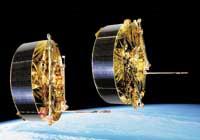
Rossetta: This spacecraft will be launched in 2003 and will study comet 46P/Wirtanen, in the area of Jupiter. He will meet the comet in 2011 and will investigate for two years.
Herschel-First Space Observatory: Launch in 2007 You will be able to observe the garbage left by the first galaxies born in the universe, which is now impossible.
Mars Express: He will leave for Mars in June 2003, arrive in December 2003 and leave the robot Beagle 2 on Mars. It then orbits around Mars.
BepiColombo: This spacecraft researches the planet Mercury and will be launched in 2009. The project will be carried out jointly with Japan.
GAIA Space Observatory: It will launch in 2012 and investigate the composition, formation and evolution of our galaxy.
LISA Space Observatory: It will be the first observatory to study gravitational waves. The project has been developed jointly with NASA and the release date has not yet been defined.
NGST , next generation space telescope: Launch 2009 It replaces Hubble and together with FIRST it investigates the oldest galaxies in the universe. It will be held in collaboration with NASA.
Solar Orbiter:
It replaces SOHO and continues to investigate the Sun. Unspecified release date.
Buletina
Bidali zure helbide elektronikoa eta jaso asteroko buletina zure sarrera-ontzian


